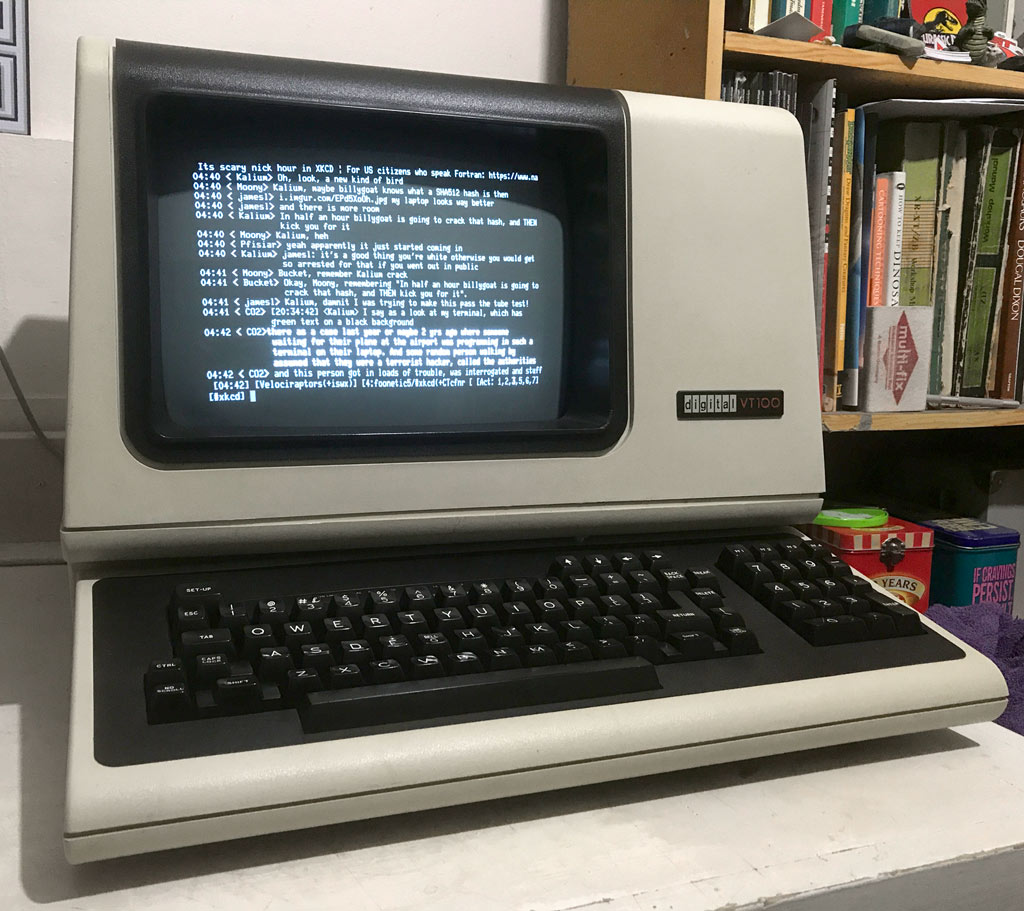A Different Personal Computer
Thursday, September 23, 2021
Your company may have a reputation for brilliant leadership, outstanding innovation, clever branding and effective change management, but the business could fail if the world changes and you are unprepared.
—Patrick Dixon, Futurewise
 I was of
course aware that DEC missed the boat on personal computers—I used a
quote from Harvard Business Review saying as much for the epigraph
when I wrote about the demise of VAX. But I had not realized quite
what that entailed beyond simply a corporate failure to evolve.
I was of
course aware that DEC missed the boat on personal computers—I used a
quote from Harvard Business Review saying as much for the epigraph
when I wrote about the demise of VAX. But I had not realized quite
what that entailed beyond simply a corporate failure to evolve.
I recently started reading Fire in the Valley: The Birth and Death of the Personal Computer by Michael Swaine and Paul Freiburger, and it’s from there I get the following story.
In 1973, David Ahl, who had worked in DEC’s educational-product division and therefore “had learned something about the potential market for personal computers,” moved to a team which had designed and built a prototype of what could have been the first PC, based on a DEC terminal, with “circuit boards thick with semiconductor devices…jammed around the base of the [cathode ray] tube.” He pitched it to DEC’s president, Ken Olsen, and other executives and decision makers, presumably talking both about his experience in his former division and also about his suggestion to get the machines into schools, so that students could use them (and, I assume, maybe thereby get parents to buy them). Olsen and the rest were “polite but not enthusiastic.”
1973! Four years before the Apple II, the Commodore PET, and the TRS-80. What a different world we would live in if DEC—or, really, Ken Olsen, since it was his lack of support that made the project a non-starter—had made the opposite decision.